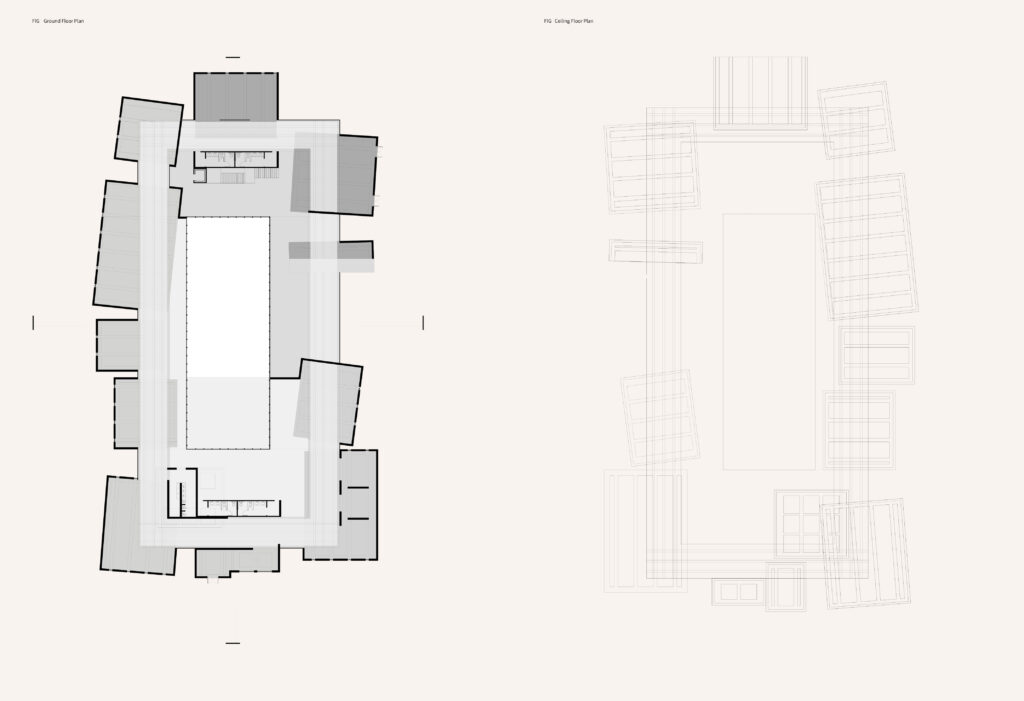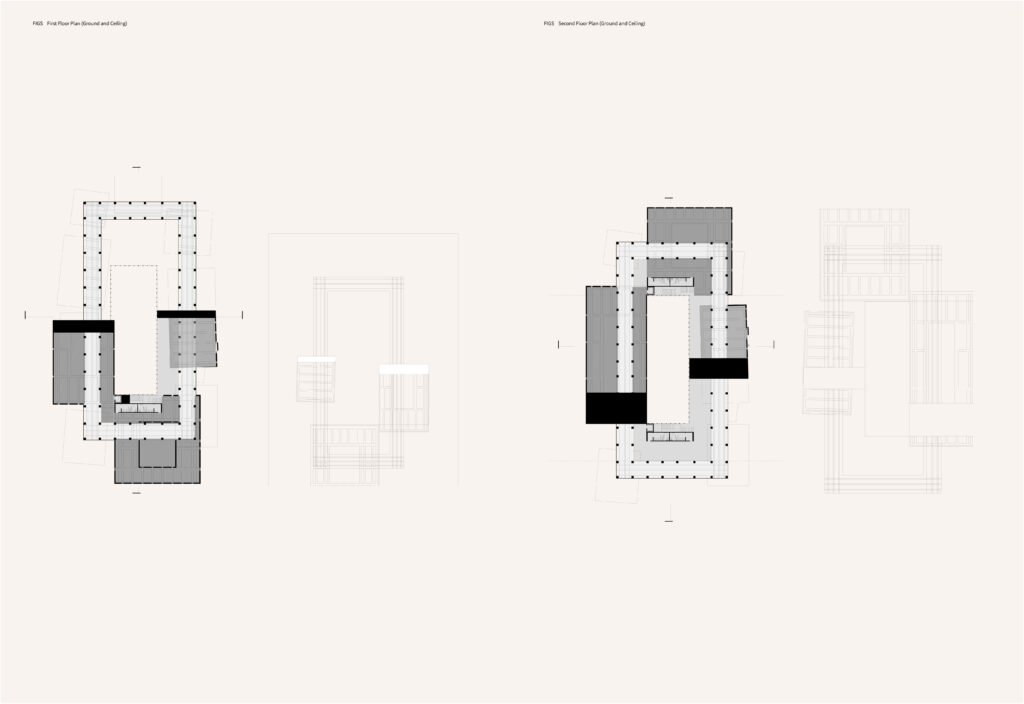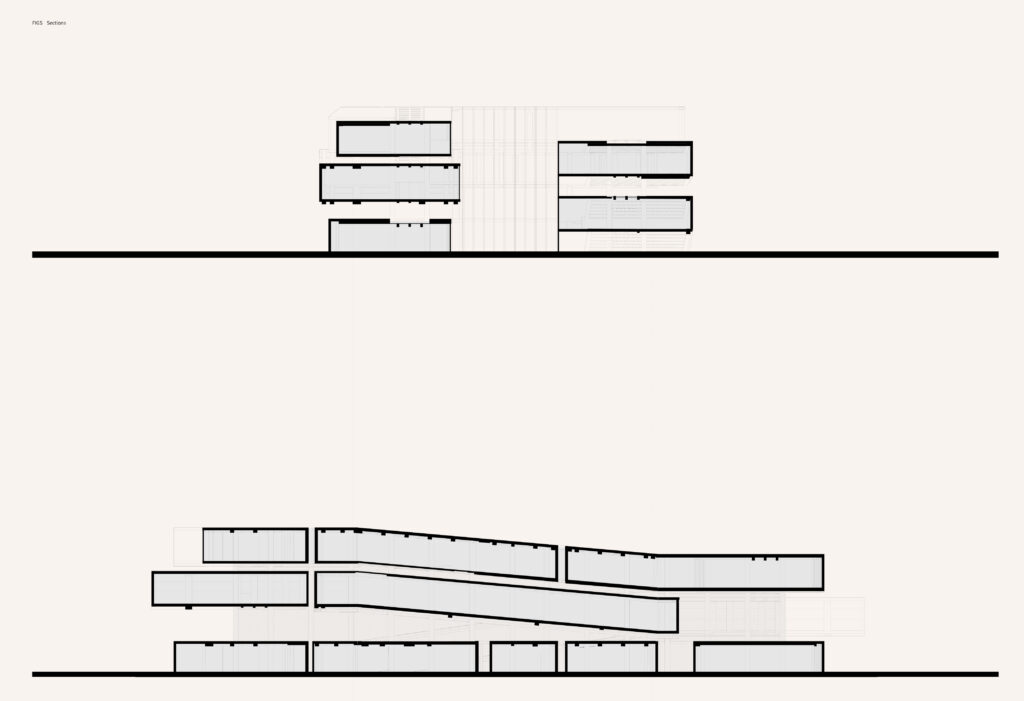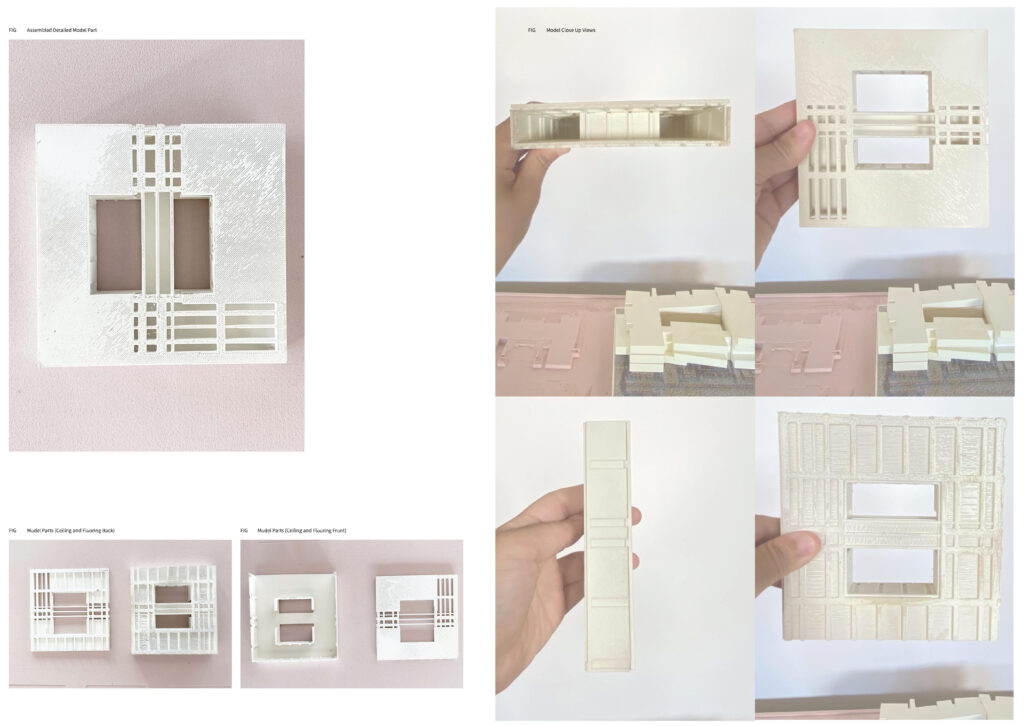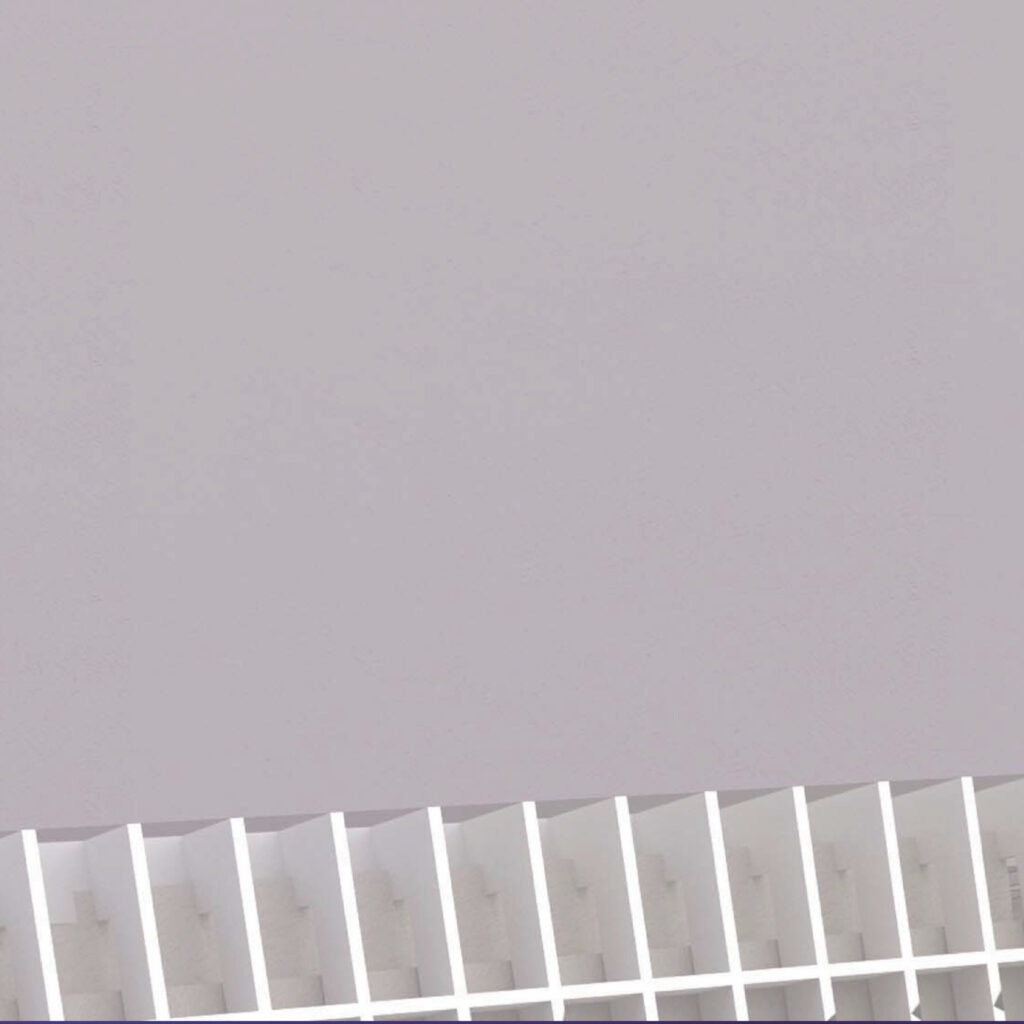
Shahad Alshuaibi
Southern California Institute of Architecture
Advisor/Instructor: My Project Advisor: Andrew Zago Studio Instructors Team: Andrew Zago, Metthew Au(coordinator), Anna Neimark, David Freeland
My project is a 60,000-sf municipal service civic center that takes the place of the existing site of the LA County Registrar-Recorder building on the Van Nuys Civic Center campus. In addition to the Registrar-Recorder, the building absorbs and consolidates the programs of two other buildings occupying the same site: a local branch of the Los Angeles Public Library and a Childcare and Learning Center for employees of the Civic Center campus. The center building serves the neighborhood of San Fernando Valley region in certifying and storing their legal paperwork such as birth certificates, death certificates, and marriage certificates. It’s a place for a governmental archive where certificates and records for the community are retrieved. It’s a place of multiple narratives for its users and the community around.
Multiple Narratives (Municipal Service Civic Center)
The building being a host of multiple narratives led me when starting the first design phase to build my project upon two precedents of architectural buildings instead of one which are the LE FAMILISTÈRE DE GUISE in France and the FORUM AT POMPEII in Italy. Both buildings are buildings that have courtyards. The former has three multiple enclosed courtyards while the latter has a one centralized court. These courtyards’ areas abstracted form the construction building area of the center and are used as an approach to engage with the ground and offers a public forum for the neighborhood around.
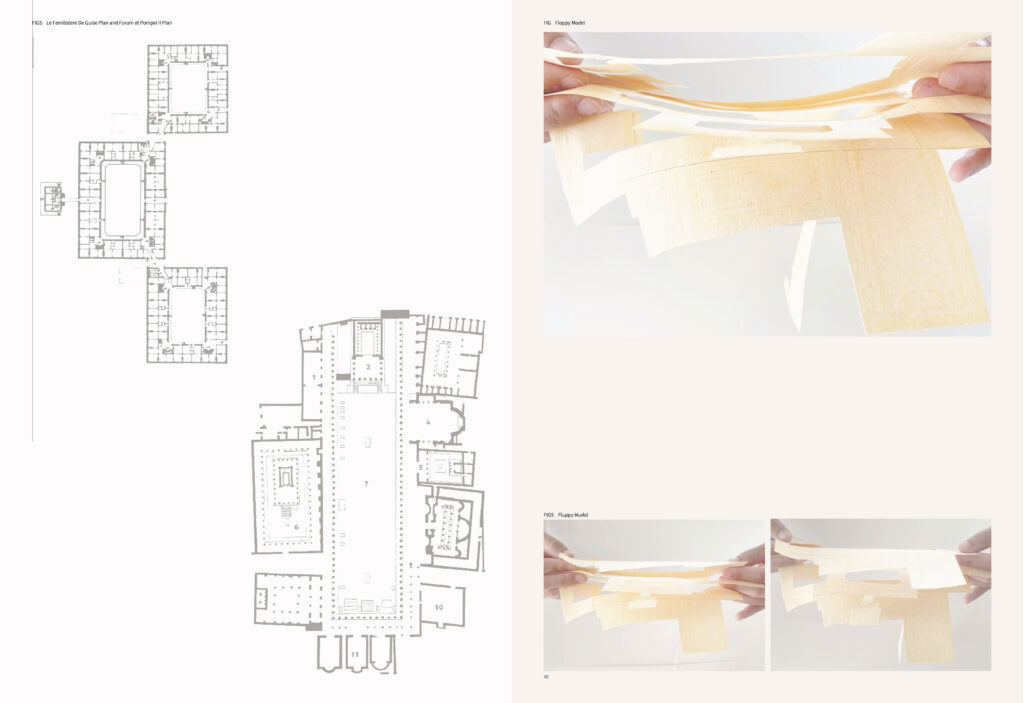
I chose building my project based on two precedents instead of one in order to have different floor plans on each level. This could give variation in the layering of the slabs’ plans and in the elevation view. The variety of floor plans could also help since the building is a collective of three functional programs. So, if the floor slabs of the building are copied of each other, this variation of planning in each floor could not be happening.
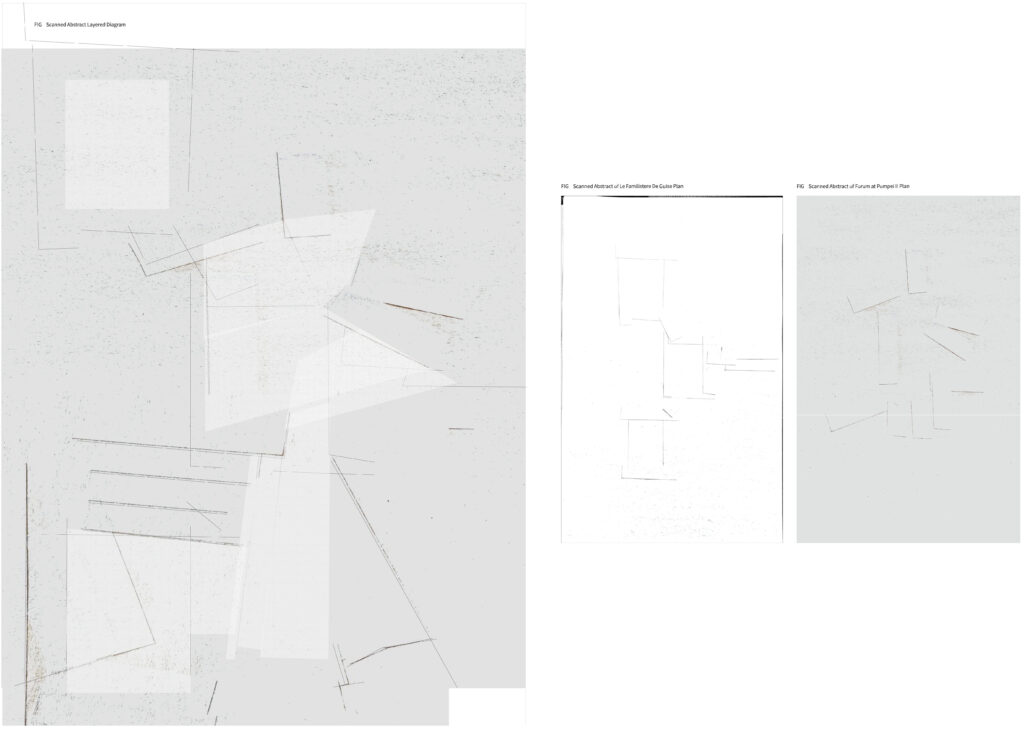
Since the process of design focuses on the idea of building the project based on the floor slabs of the interior space, this inspires me to build up the building structure with gaps in between each floor slab so that each floor slab is perceived and experienced as an individual part rather than being merged into the building as a whole entity. Thus, the elevation of the building becomes a result of the space programing and planning rather than the elevation of the building guiding the exterior image by designing it as a façade separated from the interior spaces design.

Both the planning and the elevations of the building are made of different sizes of squares with gaps in between, giving a sense of enclosure and division without being in fully enclosed space.
Beside focusing on planning and space organization, the project took into consideration implementing a conceptual idea of sidedness that is coming from the concept of sidedness of the archives and legal documents. Flooring and ceiling plans are both designed as two sides of one document.
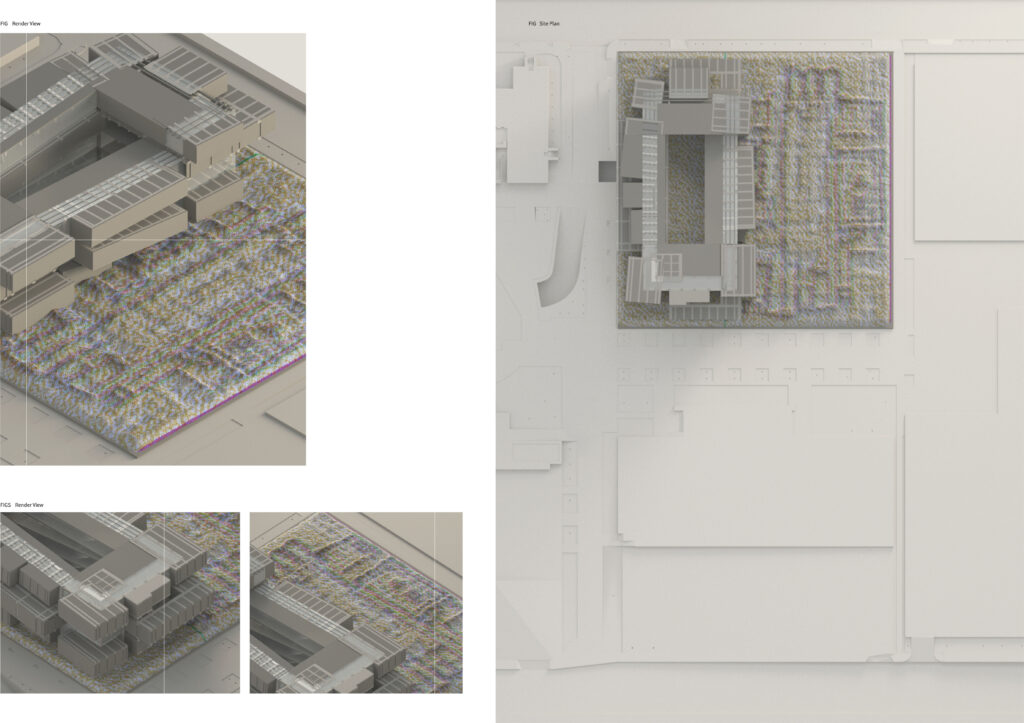
This concept of sidedness of the archive was also guiding the landscape design. The site land was divided into two equal parts, one for the building and the other half for the landscape, which is in terms of design as well another replica of the project ground floor plan with different topography being a playful public space together with the building’s courtyards.
